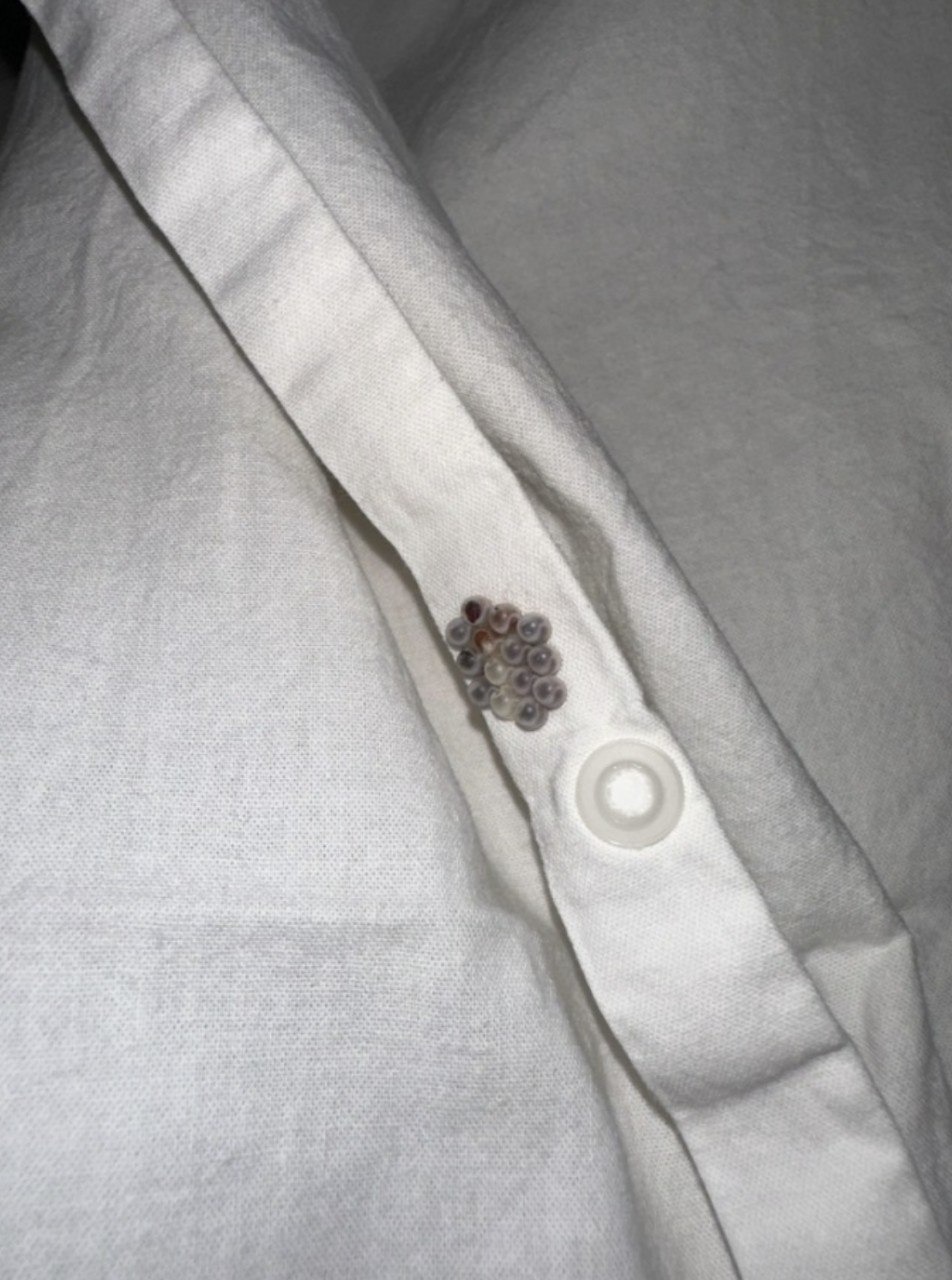Tiny Eggs on Your Sheets? Here’s What’s Really Going On
You wake up, pull back your covers, and notice something strange—tiny white or beige specks on your sheets. They look like little grains of rice or sand, and no matter how often you wash your bedding, they seem to reappear. If you’ve ever spotted these mysterious “tiny eggs” on your bed, you’re not alone—and you’re right to be a little concerned.
So, what are they? Spoiler: they’re probably not eggs from anything you’d want sharing your bed. Let’s uncover the truth about what those tiny specks really are—and what to do about them.
1. The Most Likely Culprit: Dust Mites (But They Don’t Lay Visible Eggs)
First, let’s clear up a common misconception: dust mite eggs are invisible to the naked eye. They’re microscopic, so if you can see the specks, they’re likely not dust mite eggs themselves—but could be mite droppings, shed skins, or accumulated debris.
Dust mites thrive in warm, humid environments and feed on dead skin cells—making your bed their perfect home. Their presence can trigger allergies, sneezing, itchy skin, and congestion, especially in the morning.
What to do:
Wash bedding weekly in hot water (at least 130°F / 54°C).
Use dust-mite-proof covers on mattresses and pillows.
Vacuum mattresses and upholstered furniture regularly.
Keep humidity below 50% to discourage mite growth.
2. Bed Bugs: The Tiny Nightmare You Don’t Want
If those “tiny eggs” are white, oval-shaped, and about 1 mm long, they could belong to bed bugs. These pests are experts at hiding in seams, crevices, and folds of fabric. Along with eggs, you might also notice:
Tiny rust-colored stains (bed bug droppings or crushed bugs)
Small bites in clusters or lines on your skin
Musty or sweet odor from infestations
What to do:
Inspect seams of your mattress, headboard, and nearby furniture with a flashlight.
Wash and heat-dry all bedding and clothing.
Vacuum thoroughly and dispose of the bag immediately.
Contact a professional pest control service—bed bugs are very difficult to eliminate on your own.
3. Other Possible Sources
If you’ve ruled out dust mites and bed bugs, here are a few other things those specks might be:
Clothing or detergent residue: Leftover soap or fabric softener can dry into white flakes that look like eggs.
Dead insects or larvae: Moths, carpet beetles, or fleas sometimes leave behind tiny shells or eggs that find their way onto bedding.
Dry skin or dandruff: Natural skin shedding can accumulate, especially in dry environments.
Pet dander or flea eggs: If you have pets that sleep in your bed, this could be the source.
4. How to Identify What You’re Dealing With
To get a clearer idea of what’s happening:
Take a close photo or magnify the particles with your phone.
Use sticky tape to collect samples and show them to a pest expert.
Check not only the sheets but also mattress seams, pillowcases, and bed frames.
If you notice any movement or pattern (like clusters or lines), it’s more likely a pest issue rather than debris.
5. How to Keep Your Bed Clean and Safe
Whether or not the “eggs” turn out to be from insects, keeping a clean sleep space helps prevent issues.
Try these habits:
